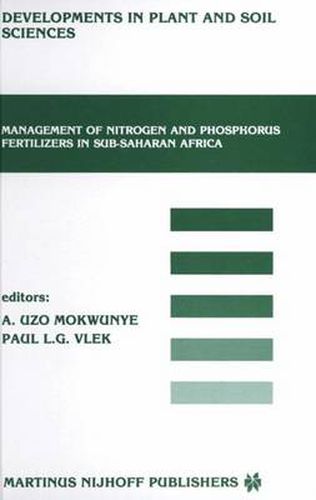Readings Newsletter
Become a Readings Member to make your shopping experience even easier.
Sign in or sign up for free!
You’re not far away from qualifying for FREE standard shipping within Australia
You’ve qualified for FREE standard shipping within Australia
The cart is loading…






This title is printed to order. This book may have been self-published. If so, we cannot guarantee the quality of the content. In the main most books will have gone through the editing process however some may not. We therefore suggest that you be aware of this before ordering this book. If in doubt check either the author or publisher’s details as we are unable to accept any returns unless they are faulty. Please contact us if you have any questions.
Protein Structure Analysis - Preparation and Characterization is a compilation of practical approaches to the structural analysis of proteins and peptides. Here, about 20 authors describe and comment on techniques for sensitive protein purification and analysis. These methods are used worldwide in biochemical and biotechnical research currently being carried out in pharmaceu tical and biomedical laboratories or protein sequencing facilities. The chapters have been written by scientists with extensive ex perience in these fields, and the practical parts are well documen ted so that the reader should be able to easily reproduce the described techniques. The methods compiled in this book were demonstrated in student courses and in the EMBO Practical Course on Microsequence Analysis of Proteins held in Berlin September 10-15, 1995. The topics also derived from a FEBS Workshop, held in Halkidiki, Thessaloniki, Greece, in April, 1995. Most of the authors participated in these courses as lecturers and tutors and made these courses extremely lively and successful. Since polypeptides greatly vary depending on their specific structure and function, strategies for their structural analysis must for the most part be adapted to each individual protein. Therefore, advantages and limitations of the experimen tal approaches are discussed here critically, so that the reader becomes familiar with problems that might be encountered.
$9.00 standard shipping within Australia
FREE standard shipping within Australia for orders over $100.00
Express & International shipping calculated at checkout
This title is printed to order. This book may have been self-published. If so, we cannot guarantee the quality of the content. In the main most books will have gone through the editing process however some may not. We therefore suggest that you be aware of this before ordering this book. If in doubt check either the author or publisher’s details as we are unable to accept any returns unless they are faulty. Please contact us if you have any questions.
Protein Structure Analysis - Preparation and Characterization is a compilation of practical approaches to the structural analysis of proteins and peptides. Here, about 20 authors describe and comment on techniques for sensitive protein purification and analysis. These methods are used worldwide in biochemical and biotechnical research currently being carried out in pharmaceu tical and biomedical laboratories or protein sequencing facilities. The chapters have been written by scientists with extensive ex perience in these fields, and the practical parts are well documen ted so that the reader should be able to easily reproduce the described techniques. The methods compiled in this book were demonstrated in student courses and in the EMBO Practical Course on Microsequence Analysis of Proteins held in Berlin September 10-15, 1995. The topics also derived from a FEBS Workshop, held in Halkidiki, Thessaloniki, Greece, in April, 1995. Most of the authors participated in these courses as lecturers and tutors and made these courses extremely lively and successful. Since polypeptides greatly vary depending on their specific structure and function, strategies for their structural analysis must for the most part be adapted to each individual protein. Therefore, advantages and limitations of the experimen tal approaches are discussed here critically, so that the reader becomes familiar with problems that might be encountered.